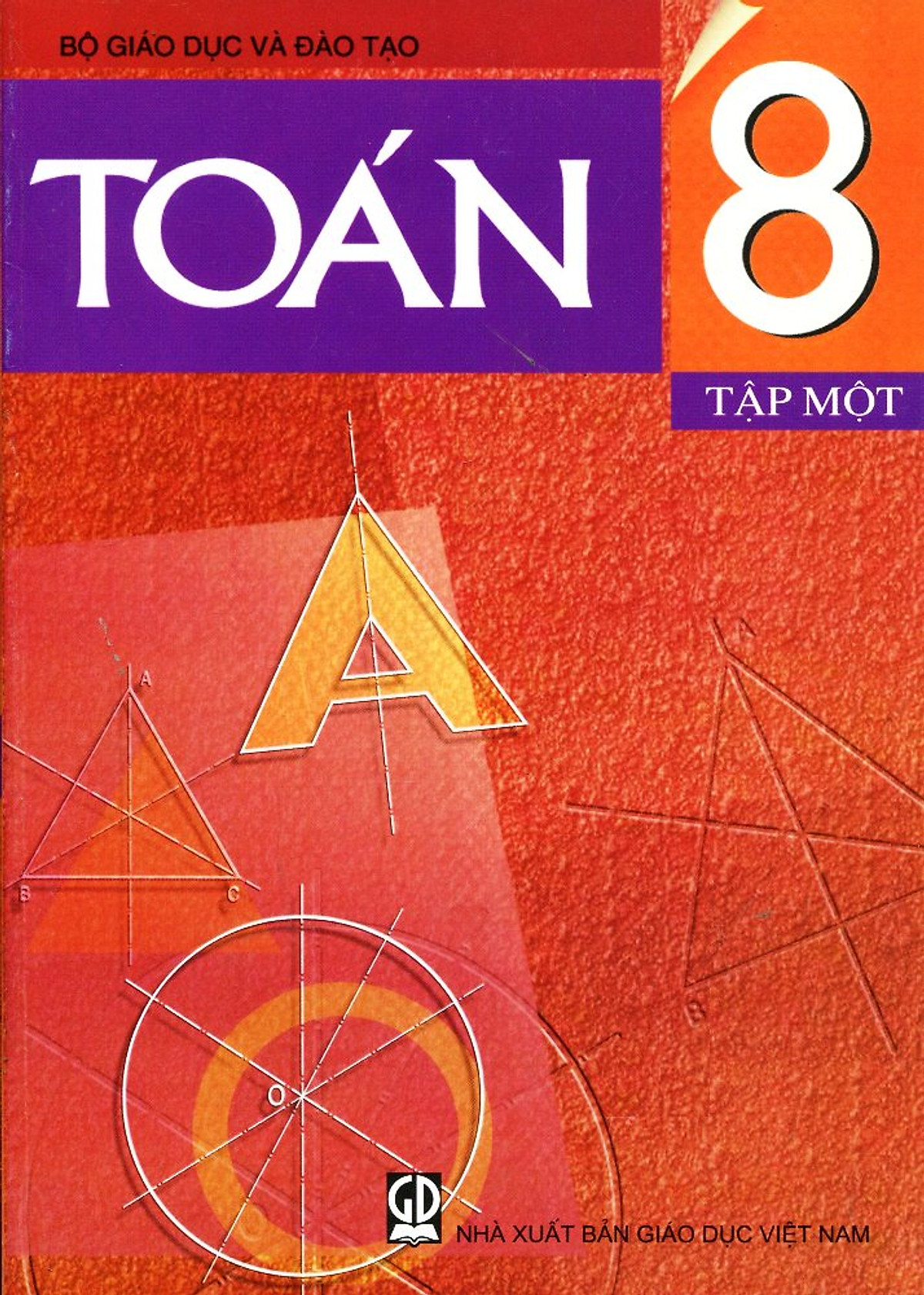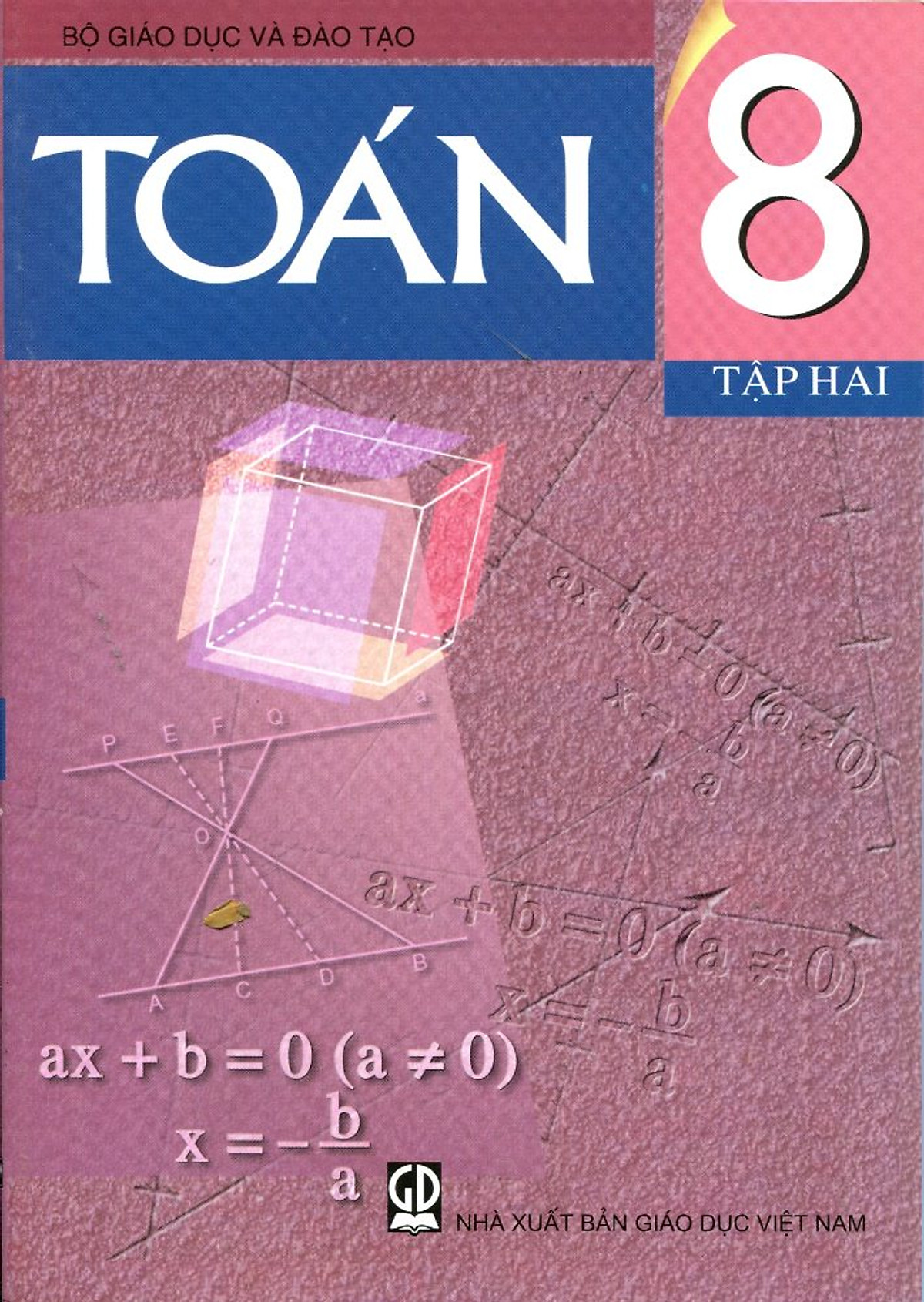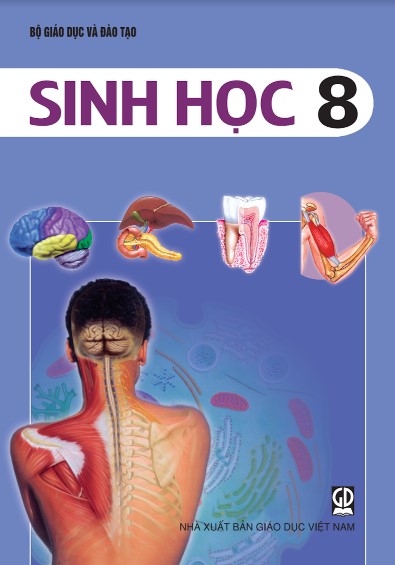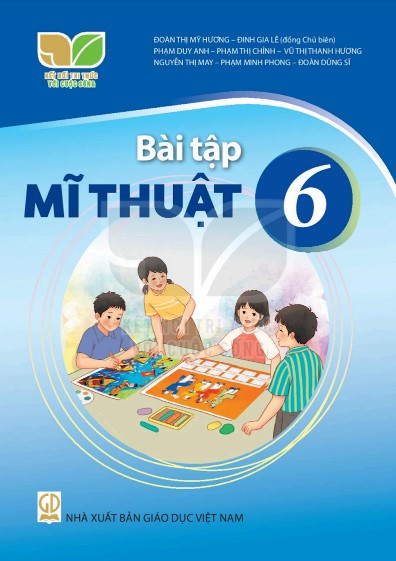(Page 106)
👉A CLOSER LOOK 1
Vocabulary
1. Write the correct word or phrase from the box under each picture.
| voice message smartphone social network emojis group call holography |


1. __________ 2. __________ 3. __________ 4. __________
5. __________ 5. __________
2. Choose the correct answer A, B, or C.
1. Many people add _____ to their text messages to express their feelings.
A. emojis B. words C. letters
2. I send _____ messages when I don't feel like typing.
A. group B. text C. voice
3. Many teenagers like to meet on social _____ rather than face to face.
A. television B. networks C. projects
4. In a _____, people in different places can join the conversation.
A. voice message
B. group call
C. system of emojis
5. By using _____, you can attend a meeting with your 3D image instead of being there in person.
A. holography
B. voice messages
C. social networks
3. Complete the sentences with the words from the box.
| translation real language instantly private |
1. Do you often send _____ messages to your friends?
2. Can learning English help you overcome the _____ barrier when living abroad?
3. Telephone helps you communicate in _____ time.
4. Do you think translators will lose their jobs when _____ machines become popular?
5. Many people reply to messages _____, but others take a long time to respond.
Pronunciation
Stress in words ending in -ese and -ee
4. Listen and repeat the words. Pay attention to the word stress. 🎧
| -ese | -ee |
| Chinese Bhutanese Japanese Taiwanese Vietnamese | agree trainee awardee interviewee guarantee |
💡Remember!
Words ending in -ese or -ee often have stress on the final syllable.
Example: Vietna'mese, guarantee
(Page 107)
5. Mark the stress in the underlined words. Then listen and repeat the sentences. 🎧
1. The interviewees said that they were Taiwanese.
2. Joe agrees with me that learning Chinese is difficult.
3. She obtained a bachelor's degree in Japanese.
4. The Taiwanese company gave each awardee a smartphone.
5. The Japanese teacher sent a video to the absentees on Monday.
























